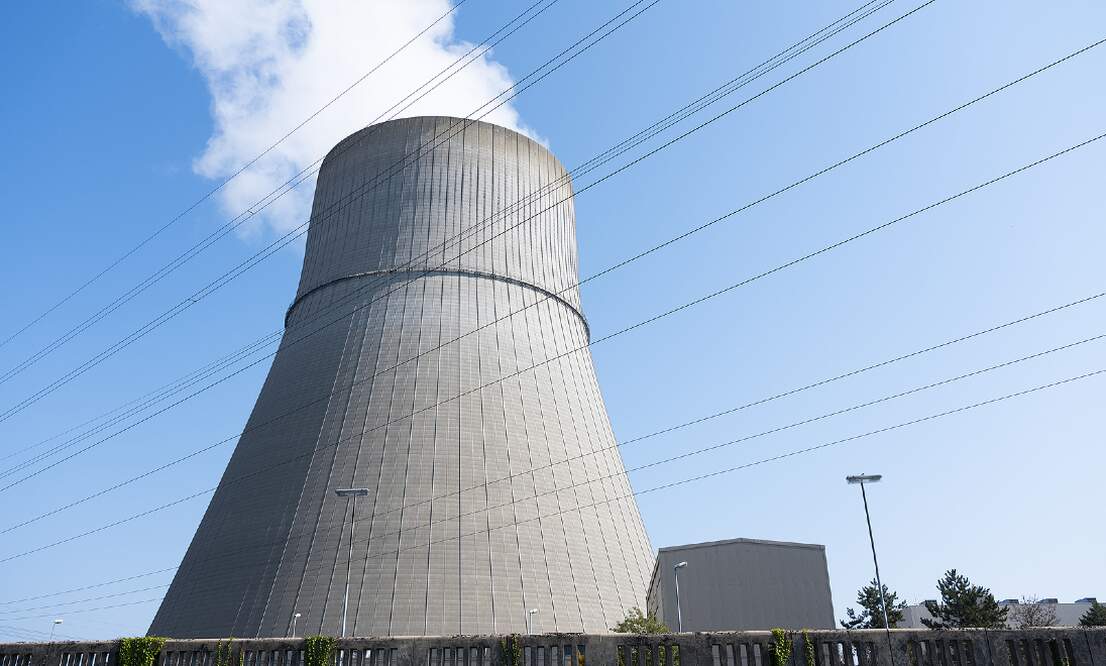The European Union is once again staring down the barrel of a fiscal challenge, and their proposed solution? A hefty defense fund, naturally. Over the weekend, EU finance ministers kicked off discussions on the “European Defence Mechanism” – a scheme designed to pool resources for joint defense procurement and charge member states usage fees.

Essentially, it’s a clever accounting trick to boost defense spending without officially adding to sovereign debt. Clever, yes, but is it sustainable? That’s the question nagging at the back of my mind.
Portugal’s Finance Minister called it a “good starting point,” which, coming from a seasoned politician, is a glowing endorsement akin to saying rain is “slightly damp.” Several other nations offered preliminary support, citing the ease of implementation, thanks to leveraging the existing European Stability Mechanism (ESM) – the Eurozone’s bailout fund.
Let’s be clear: the EU is already aiming for an extra €800 billion in defense spending over the next four years. This involves loosening fiscal rules for defense investment and jointly borrowing through the EU budget for large-scale projects.
Here’s a quick breakdown for those keeping score at home:
This isn’t just about tanks and jets. It’s about strategic autonomy. Europe’s been relying heavily on the U.S. for defense, and geopolitical realities are forcing a change.
Leveraging existing structures like the ESM theoretically simplifies implementation, avoiding lengthy ratification processes. But, it also raises questions about repurposing a bailout mechanism for defense.
Loosening fiscal rules for defense spending sounds appealing, but it could open the door to creative accounting elsewhere. It’s a slippery slope, folks.
The EU aims to collectively address the rising expense of national defense – a very real concern given global instability. This is a financing issue, not necessarily a willingness issue.
Ultimately, this fund is a gamble. A calculated one, sure, but a gamble nonetheless. It could be the innovative solution Europe needs, or just another bandage on a deeper structural problem. Time – and the unfolding geopolitical landscape – will tell.



